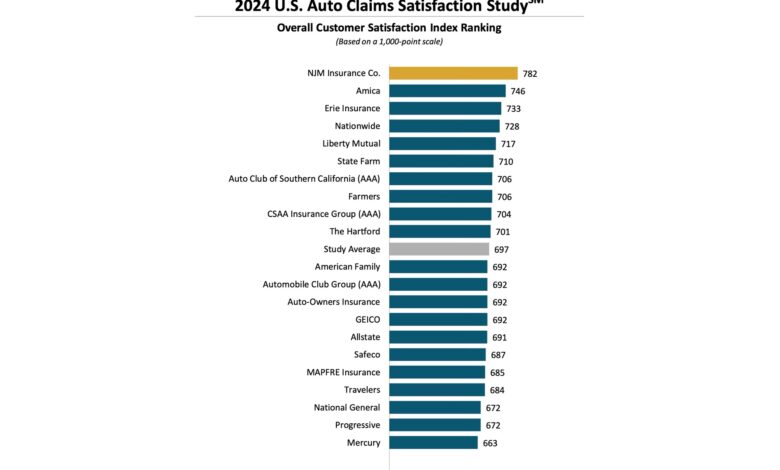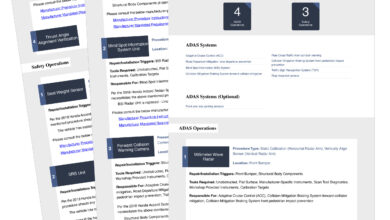Motor Insurance Repair Cycle Times Improve But Prices Increase: J.D. Power

The J.D. Power 2024 US Auto Claims Satisfaction Study shows the average repair cycle time for claims dropped five days to 18.9 days, but the average repair cost jumped 26 per cent in the past two years. Insurance premiums also rose 15 per cent during the past year.
“The claims process is the moment of truth for auto insurance customers, so when they experience rate increases and then have a claim with longer-than-expected repair times and other inconveniences, their overall trust in the brand is greatly diminished,” said Mark Garrett, Director of Global Insurance Intelligence at J.D. Power. “In fact, 80 per cent of auto insurance customers who have poor claims experiences have already left or say they plan to leave that carrier.
“That makes this year’s significant improvement in repair cycle times very good news for insurers and their customers. However, premium increases have created a new challenge for insurers as trust is eroding and affecting the way customers view their claims. There are still many challenges the industry needs to navigate to maintain customer loyalty.”
According to J.D. Power, the overall average repair cycle time in this year’s study is 22.3 days – down one day from the 2023 study. However, when results are broken into the quarter in which the claim was filed, cycle times improved steadily since peaking in early 2023, for a total five-day reduction throughout fielding of the 2024 study.
Overall, 48 per cent of study respondents experienced a premium increase during the past 12 months. Satisfaction is particularly low among those who incurred increases prior to their claim, and these customers may have been entering the claim process already upset by rising prices. The study said that these customers were more likely to have an issue, such as communication with the insurer not being very easy or timing expectations not being managed, so they didn’t feel more at ease after submitting their claim.
Additionally, nearly half of those increases were attributable to claims. Compared with customers who did not have an increase, satisfaction scores fall more than 100 points (on a 1,000-point scale) following a claim-related rate increase. This negative effect is most pronounced among Boomers and Pre-Boomers, with a 178-point decrease in trust following a claim-related rate increase.
J.D. Power said insurers have been focused on improving mobile apps and the outcome appears to be paying off. For the past three years, claims filed via call centres or agents out-performed digital channels, but now digital is receiving higher scores with mobile apps achieving the highest scores. Additionally, satisfaction is higher among those who stay in the app to submit photos and receive status updates (775) than for all other digital experiences. However, this group comprises only 13 per cent of customers. Boomers and Pre-Boomers are still hesitant to adopt fully digital processes, with 32 per cent stating they disagree with being comfortable using digital tools for the entire claim. Customers also rate digital channels lower than speaking with someone if they have a specific question. Consequently, generational differences and the types of tasks being performed are still affecting digital experiences.
The number one key performance indicator in the study is to ensure that communicating with insurer representatives is very easy. Being accessible; responding in a timely fashion; representatives providing consistent service; managing timing expectations; and providing options for proactive updates are all critical elements of communication throughout a claim. This is another area in which digital tools play a key role in customers’ ability to access information and stay informed.






